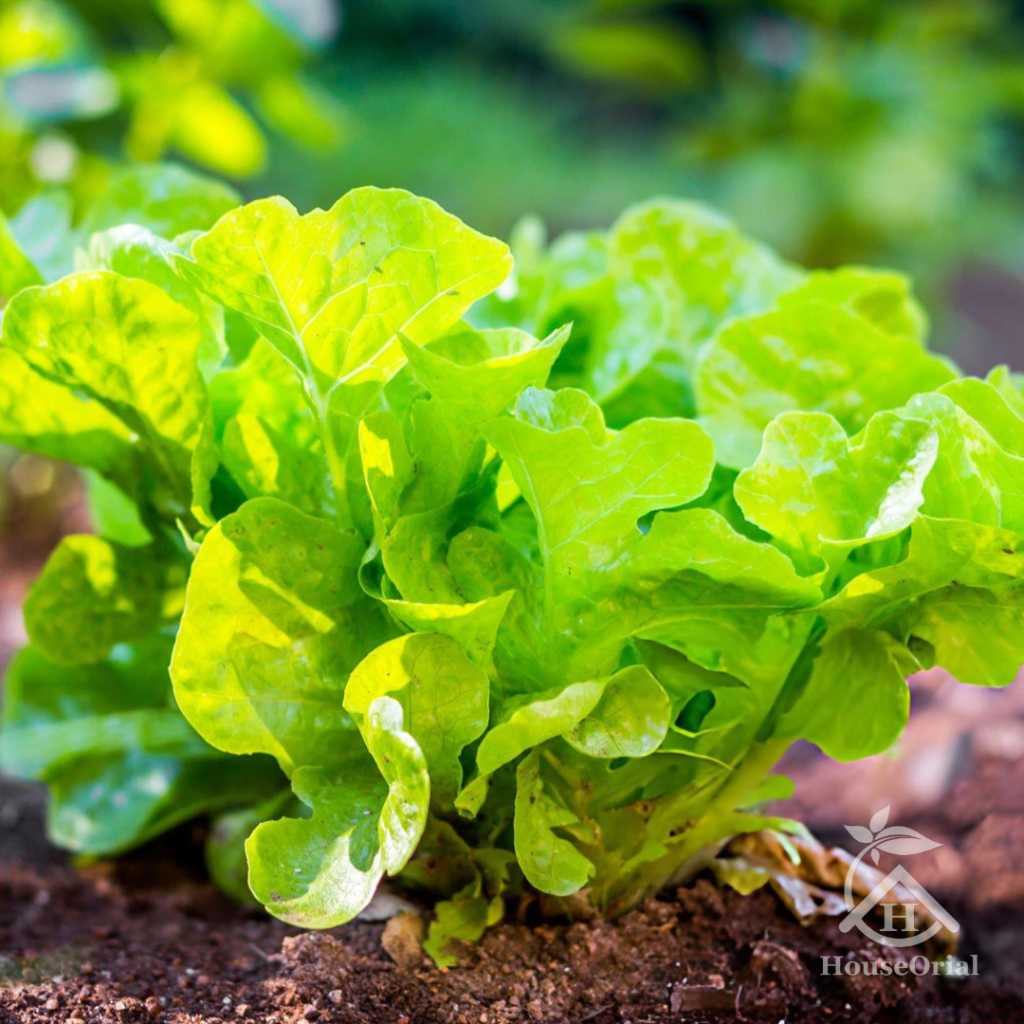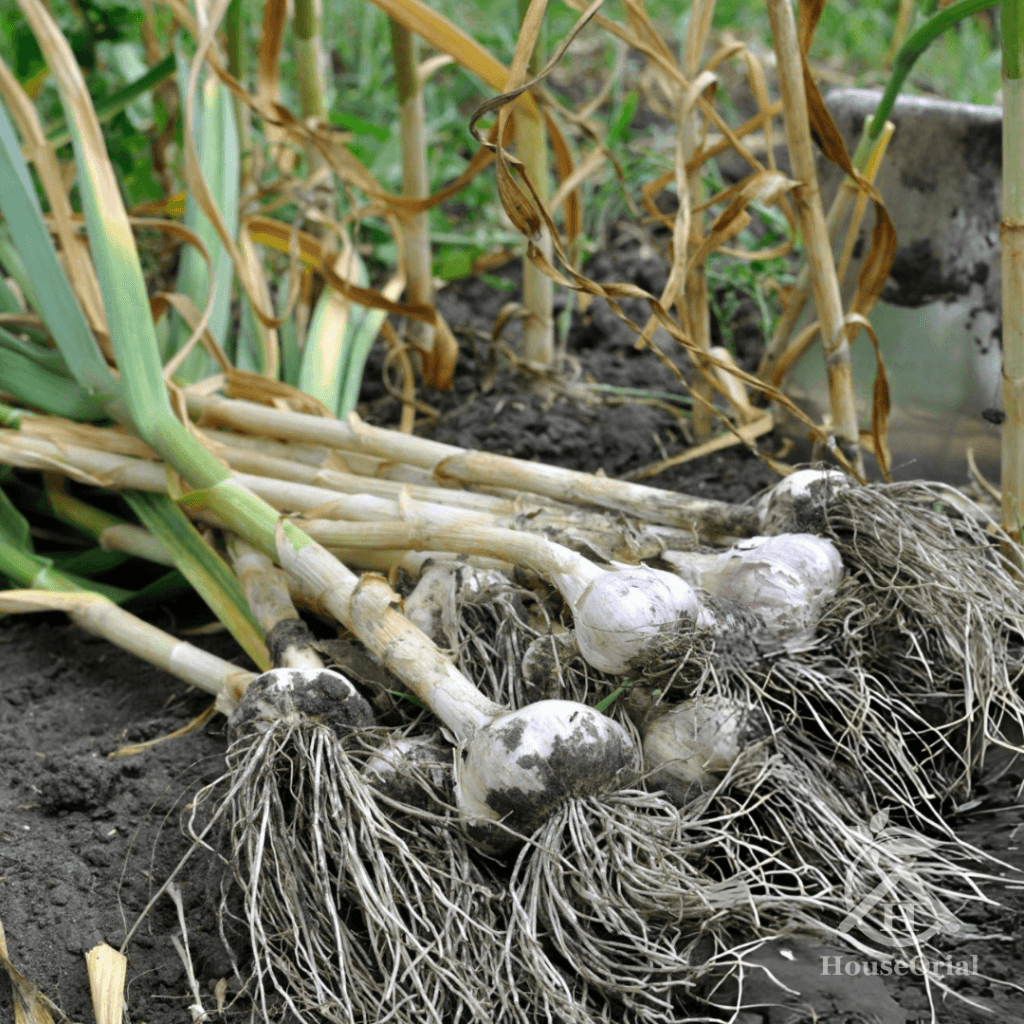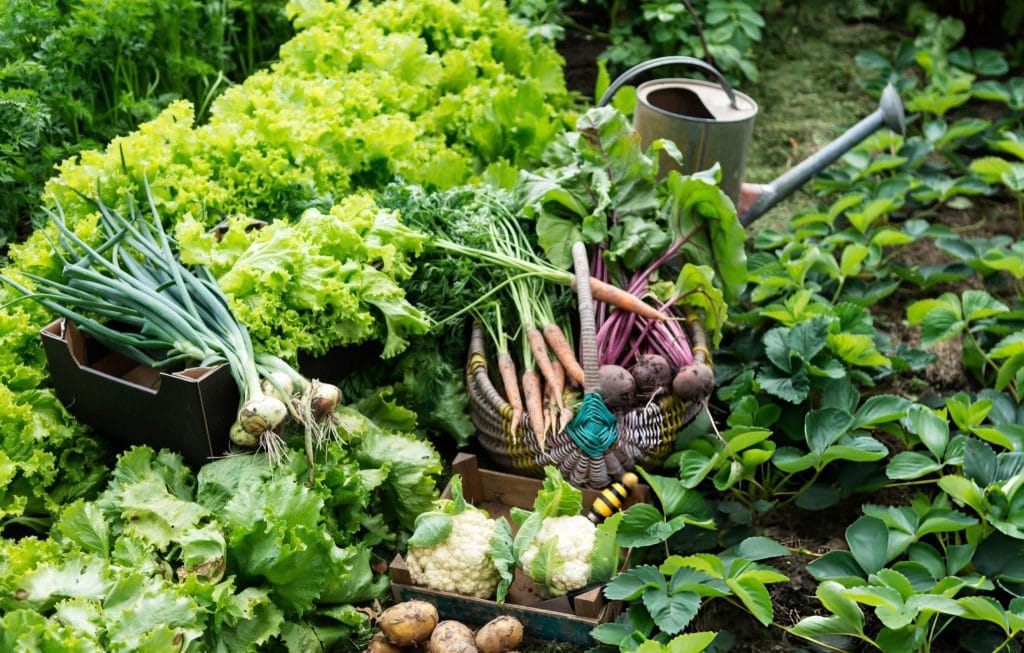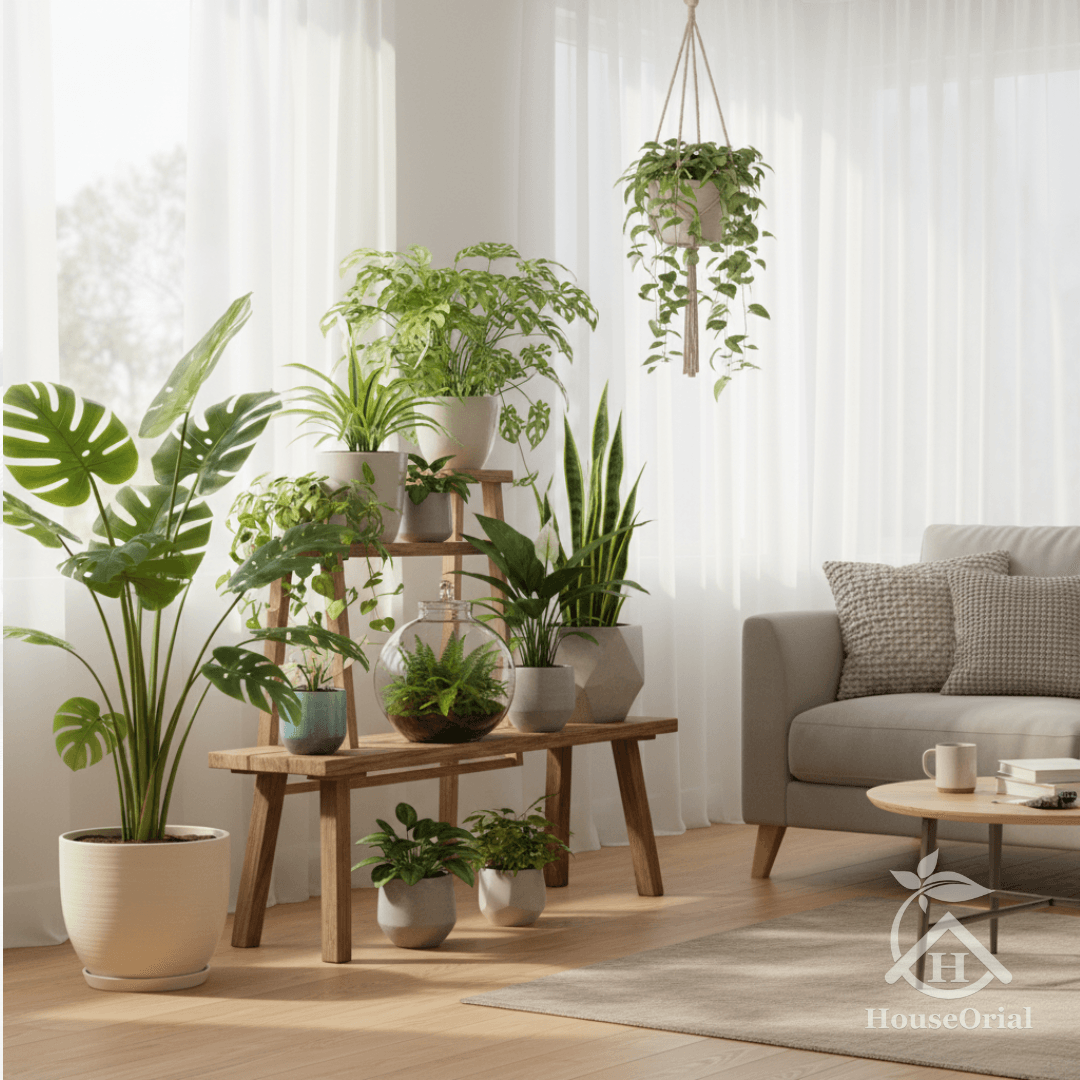December is the perfect month to start your winter garden. Cold-weather crops thrive this time of year, making it ideal to grow leafy greens, root vegetables, and more. Whether you have a backyard garden or a few pots on your balcony, these vegetables are easy to grow and maintain. In this winter vegetables list, we’ll share 10 top vegetables you can plant in December for fresh, nutritious, homegrown produce.
You may be interested to learn… 1. Growing tomatoes indoors for beginners
2. 20 Fastest Growing Vegetables Indoors in 20-30 Days
3. Best herbs to grow in pots together
4. Can I grow vegetables indoors? – 10 Tips for Successful!
5. How to Plant Seeds Indoors: A Personal Guide
Winter Vegetables List You Can Plant in December
1. Spinach
Spinach is one of the fastest-growing leafy greens that thrives in cool weather. It doesn’t need much sunlight and can be grown both in garden beds and containers. Within just 20–30 days of sowing, you can start harvesting tender leaves, while mature leaves take a little longer. To help your spinach grow well, keep the soil slightly moist and mulch around the plants to protect them from frost. Spinach is packed with vitamins A and C, iron, and antioxidants, making it perfect for salads, soups, smoothies, or cooking.

2. Radish
Radish is a super quick-growing winter vegetable. If you plant the seeds in December, you can start harvesting fresh red or white radishes in just 25–30 days. Varieties like Pui Radish, Red Bombay, and White Icicle perform especially well in winter. Sow the seeds directly in soft, loose soil and thin the seedlings to give the roots enough space to grow properly. Regular watering and some sunlight will help your radishes develop a crisp, flavorful taste. Radishes are rich in vitamin C, potassium, and fiber, making them a healthy addition to salads or cooked dishes.

3. Carrot
Carrots are a must-have on any winter vegetables list, especially for home gardens. They naturally become sweeter in cold weather and are quite hardy, making them perfect for winter planting. Simply sow the seeds thinly in deep, loose soil so the roots have plenty of room to grow straight and tall. Keep the soil lightly moist with regular watering. If planted in early December, you can enjoy sweet, tender carrots by February or March. Varieties like New Kuroda and Touchon produce particularly good winter yields. Carrots are rich in beta-carotene, fiber, and vitamin K, and can be enjoyed raw, or added to soups, stews, and stir-fries.

4. Lettuce
Lettuce is one of the easiest and fastest-growing vegetables for a winter garden. Varieties like Romaine, Butterhead, and Leaf thrive particularly well in cool weather. Sow the seeds thinly in loose, fertile soil and space each seedling about 15–20 cm apart, so the roots have room to grow properly. Keep the soil lightly moist and let the plants get some sunlight. Regular watering keeps the leaves fresh, tender, and delicious. You can start harvesting young leaves in just 25–40 days. Packed with vitamins K and C, lettuce is perfect for fresh salads, sandwiches, or wraps.

5. Broccoli
Broccoli is a highly nutritious winter vegetable that loves the cold. It grows best in fertile, well-drained soil with full sunlight. If you plant seedlings in December, you can enjoy a strong, healthy harvest later in the season. Broccoli takes about 60–90 days to mature, and consistent watering along with proper care ensures firm, dense heads. Rich in vitamins C and K, fiber, and antioxidants, broccoli is perfect for steaming, roasting, or adding to soups and stir-fries.

6. Cauliflower
Cauliflower thrives in cool temperatures and produces beautiful, firm heads during winter. It grows best in moderate sunlight and well-drained soil. Keep the soil moist and add mulch to protect the plants from frost. Cauliflower takes roughly 70–90 days to mature. It’s packed with vitamin C, fiber, and antioxidants, and can be used in soups, curries, roasted dishes, or even as a low-carb rice alternative.

7. Peas
Peas are a favorite in every winter vegetables list because they’re so easy to grow, even for beginners. Just sow the seeds straight into fertile, well-drained soil, and you’re off to a great start. If you’re planting climbing varieties, don’t forget to give them a trellis or some support—they love to climb! In just 60–70 days, you’ll start seeing fresh, green pods ready to pick. Packed with protein, fiber, and vitamins, peas are perfect for eating fresh, tossing into soups, or adding to stir-fries and curries.

8. Beetroot
Beetroot is both colorful and nutritious, making it a favorite for winter gardens. It prefers loose, fertile soil and regular watering. Beetroot is typically ready to harvest in 50–60 days. Both the roots and the leaves are edible—the roots can be roasted, boiled, or added to salads, while the leaves can be cooked like spinach. Beetroots are rich in vitamins, minerals, and antioxidants.

9. Cabbage
Cabbage grows beautifully in cold weather and can be harvested over a long period. It prefers fertile, well-drained soil and adequate sunlight. Keep the soil moist and add mulch to protect young heads from frost. Cabbage usually takes 70–90 days to mature. It’s high in vitamins C and K, fiber, and can be used in soups, stews, salads, or stir-fries.

10. Garlic
Winter is the best time to plant garlic. Plant individual cloves in well-drained soil with enough space between them. Garlic takes 4–6 months to mature, but the bulbs you harvest are flavorful and aromatic. Regular watering is important, but avoid waterlogging. Garlic is essential in winter cooking and has numerous health benefits, including boosting immunity and providing antioxidants.

Your Winter Vegetables List Questions Answered (FAQ)
1. Which winter vegetables grow fastest at home?
Spinach, radishes, and lettuce are some of the fastest-growing winter vegetables. You can start harvesting tender leaves or roots within a month.
2. Can I grow winter vegetables in a small space or balcony?
Yes! Many winter vegetables like spinach, lettuce, carrots, and peas do very well in pots or containers. Just use fertile, well-drained soil and make sure they get enough sunlight.
3. How do I protect winter vegetables from frost or extreme cold?
Covering plants with frost cloth, using mulch around the base, and placing containers near sunny spots can protect your winter vegetables from frost. Cold-hardy crops like broccoli, cauliflower, and garlic are naturally more resilient.
4. Can I grow all items from the winter vegetables list in containers?
Not all winter vegetables do well in containers, but many can thrive. Leafy greens, radishes, carrots, and peas grow easily in pots with fertile, well-drained soil and enough sunlight. Larger crops like broccoli and cauliflower need bigger containers and a little extra care.
5. What are the best tips for small-space winter gardening?
Use containers or raised beds, select compact varieties, and place them in sunny spots. Keep the soil consistently moist, make sure it drains well, and add mulch. These simple steps can greatly improve your small-space gardening results.
6. When is the best time to plant winter vegetables?
According to UMN Extension, cool season crops should be planted as soon as the soil becomes viable in December for a successful winter harvest.
Conclusion: Winter Vegetables List
Winter gardening doesn’t have to be complicated to be rewarding. With this Winter Vegetables List, you can choose the right vegetables for your backyard, patio, or even a small balcony. Fast-growing greens like spinach and lettuce, along with hearty crops like carrots, broccoli, and garlic, keep your winter meals fresh and healthy. Just a little care with watering, soil, and sunlight is all it takes to enjoy a productive harvest. Keep this Winter Vegetables List close by, start planting, and enjoy the satisfaction of homegrown vegetables all season long.








